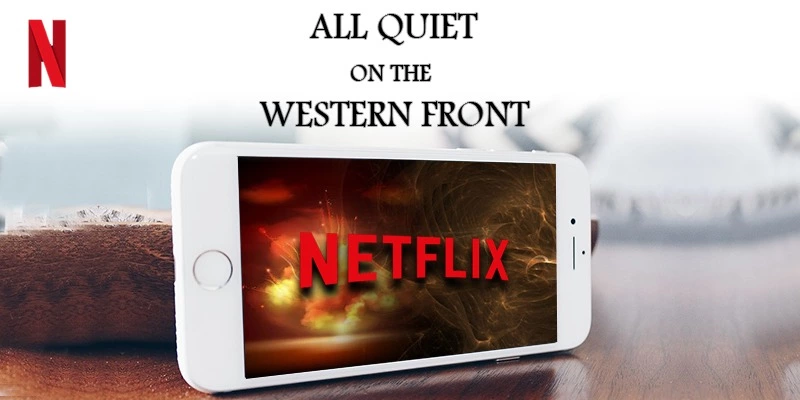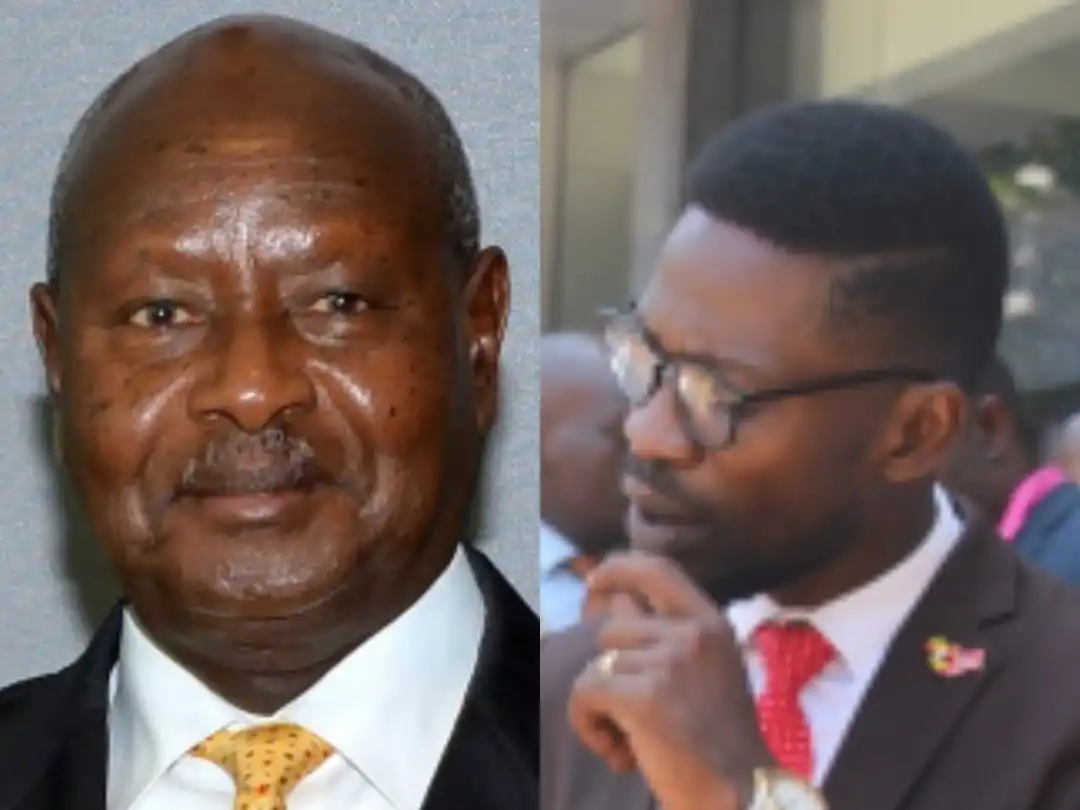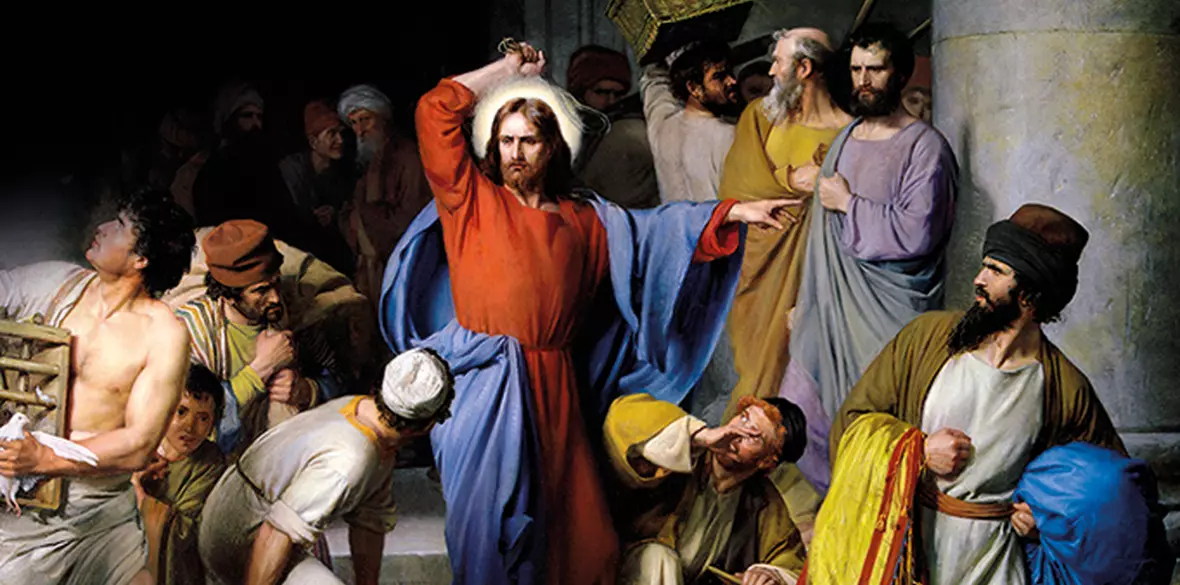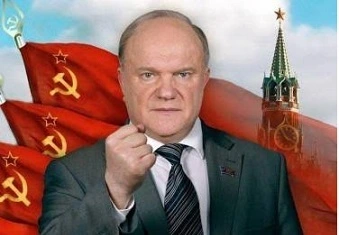All Quiet on the Western Front, the quintessential WWI novel written by Erich Maria Remarque, serves as an archetype in the transatlantic world. The pacifist book shows rather than tells the gruesome details of war through frank observational writing – juxtaposing horror and humor, industrial killing machines and natural beauty, sacrifice and a heaping helping of needless slaughter against the backdrop of an old-fashioned society, eager and even aching for war.
Many of you will have written a sentence much like the above for a book report.
It was always beneficial that the protagonists were German, which made them all the more abstract and hopeless, providing a safe place from which to criticize something that would be harder, or less safe, to imagine objecting to in your own society.
And All Quiet on the Western Front is ubiquitous. It was a huge hit when it came out in 1929 and has never slowed down (other than occasionally being banned here and there). It is in the backpack of every 7th Grader west of Strasbourg and north of the Rio Grande. It spawned an American film in 1930 and a major television event (a made-for-TV movie but with a respectable budget) in 1979. Both, as we will discuss, are highly regarded.
It is to this formidable pile that Netflix has decided to add a two-and-a-half-hour technical whiz-bang of a movie that adds some valuable elements to the conversation not only because it is a film adaptation in the German language but also because it is the only version released since the consolidation of the national security state after the attacks of Al-Qa’ida on the United States on September 11th, 2001. This had a profound effect both on the culture industry of our times as well as on ourselves as an audience.
This is the synthesis and antithesis of the dialectic at the heart of any understanding of these films. What are we getting from these films? Who are we getting that from? What do we bring to the viewing of these films, and what informs that?
This is the critical work we are going to do together in these next few paragraphs.
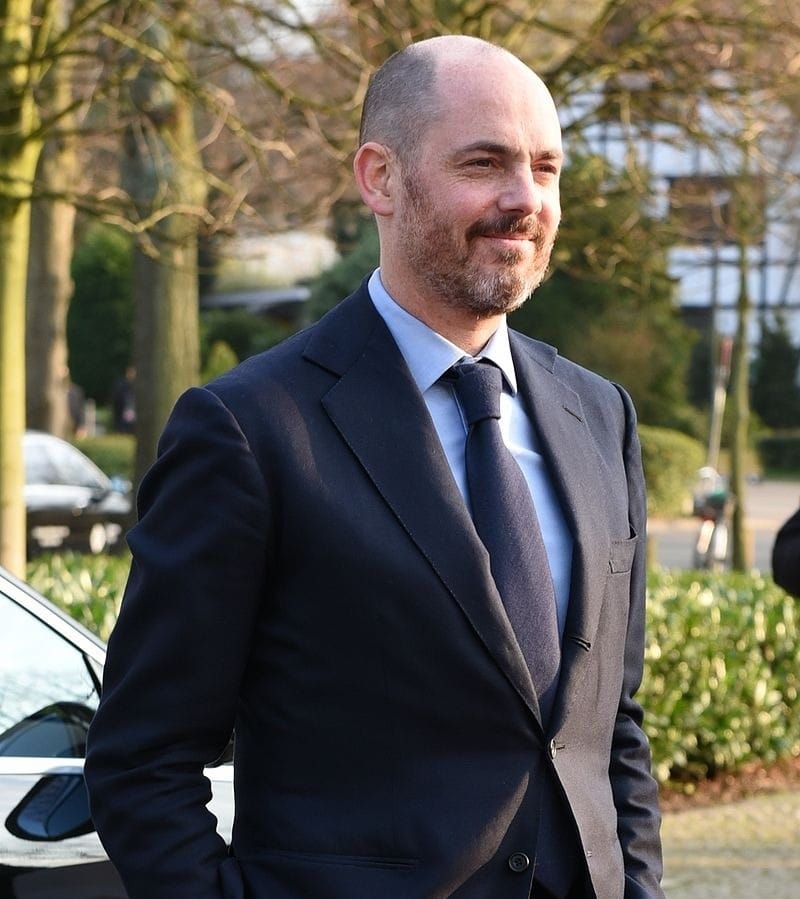
Parties like they are in 1929
The earliest adaptation was released only a year after the book in 1930. Lewis Milestone’s Oscar-winning All Quiet on the Western Front is an extremely faithful adaptation – even including real war-veterans in the production. It is still an excellent film, and well worth watching. The style is reminiscent of some of what many German directors were playing with in Berlin and would continue when they fled to the US:
observational shots through doorways, windows, and other aggressive POV stances.
The film sticks with the narrative and with the 2nd Company at the muddy front, in hospital beds, and back home in tidy German villages. The film would have struck viewers at the time as extremely earthy, authentic, and innovative.
But while these techniques went on to be used by many, notably Italian neo-realists, this isn’t a strong strain in Hollywood dramatic films. Why? Because this is a pre-Code film, perhaps even the pre-Code masterpiece. By this, we mean a production made in the brief period of sound film before the studios bonded together and imposed the Hay’s Code of self-censorship to avoid actual government censorship, roughly between 1929 and 1930.
A gritty, morally vague manifesto of a film like Mileston’s All Quiet on the Western Front would have been given a glossier cinematic and less upsetting subject matter makeover if it had been made even one year later. Self-censorship is always the strictest kind, because it deals with what is desirable instead of what is allowed. What is appropriate for a crime film may simply not be appropriate for a war film in this logic, where capital makes as many demands as societal character or national security.
By the mid-thirties, shamefully, the major US studios were taking cues from the German government about what were and were not appropriate films to make, based on what might not “work in the German market”.
Needless to say, this would have made for a worse film – but also a return to fantasy would have met with an audience less willing to hear about heroism.
Stop me if you’ve heard this one before. An inevitable but unexpected war breaks out, and what seemed like it should be a brief conflict drags out, dividing what would normally be the pacifist left into nationalist tribes that offer nothing to the working classes but death. There is some residual shame at work there.
By 1929, the idea that the First World War was the conflict to end all conflicts had already faded and the globe was rife with rising conflict and gilded age levels of inequality building rapidly. But the shock of WWI as a useless war hung heavy. Masses of people who participated in the war felt tricked, cheated, and lied to.
They were an obvious and enthusiastic audience for both the novel and the film, and they made it an instant classic. This film was intended to be an antidote to all war narratives that came before, the blustering war-mongering farces that we came to re-embrace after the “good war” World War II.

A Major Motion Picture Malaise Broadcast Event
It wasn’t until the late 1970s that another attempt at All Quiet on the Western Front was made, this time by Delbert Mann, starring Richard Thomas and Ernest Borgnine. Like the 1930s version, it is closely modeled on the order and events as presented in the book. It feels very much like the version you study in American schools, with the exact quotes you remember given exact prominence in every scene.
Although the aesthetics of the 1970s shine through in the occasional off-putting zoom, the technical advances of the era are put to good use in telling the story. It is able to be more choppy and to take us more seamlessly from the violence of the front to the forced stillness back home in a more rapid way than 1930s viewership allowed. It also won several awards when it came out.

The ages of the suffering youth are more accurately represented. “Germany will be empty soon,” a veteran opines, observing the 16-years-olds (now played by real 16-year-olds) being sent to the front.
This is a post-Vietnam film. After the American withdrawal from Vietnam, there was a widespread feeling across the US that all military adventures were hopeless, ideologically corrupt quagmires. This fed into a narrative of national “malaise” in a decade of American decline.
This lends itself to a certain softness that again is maybe only possible to apply to a story ostensibly about foreigners.
But in this version of the story, everyone is human. Everyone is in one way or another doing their best. That hated training corporal Himmelstoss nurtures great pain, the schoolmaster who specializes in molding the minds of the young to want to war, knows what he is doing seemingly but doesn’t know what else to do.
A novel may contain many moments when subtext becomes text, a movie is usually only allowed one. The moment of subtext as text in the 1930s film is when Paul silently vows to take on the profession of the French soldier he has just killed in a smoking crater.
In the Mann version that honor is given to a scene on the homefront, which may be more appropriate to a nation that had just fought a war on TV sets and not in person.
The mother of Paul’s dead comrade asks him the only question that matters: “Why are you alive and (my son) is dead?”
Nothing Quite Like That Netflix Effect
The Netflix Version of All Quiet on the Western Front doesn’t elevate these same moments from the novel. It includes many of these scenes but hammers a different narrative that is more visually arresting, albeit sometimes stylish in that cheap Netflix way.
One wonders if the typical German school report on the book is told slightly differently.
We are treated to more political specifics than we would expect. “The Social Democrats will be the end of all mankind” is a line that hits satisfyingly, but many other matters are treated brusquely or not at all. The lack of emphasis on the home front and the breaking of perspective undermine the very premise of the novel in a way that is perplexing and even a bit upsetting to those not looking for a traditional war movie.
Nature and war are tackled particularly engagingly. The desaturated gray mud of the front is striking and sickening. It feels like the post-industrial wasteland promised in … the Wasteland.

The trip to the front shows the new narrative at work here. The devolution from civilization to barbarity, rather than the intermixing of the two.
The visual descent to the front from technicolor to an almost graphic novel black and white comes complete with details the other productions can’t compete with. The trees themselves are strewn with bodies.
It is, and this will be a strange connection, reminiscent of the highways in Godard’s Weekend (1967), fires and bodies and bad feelings in a world out of control.
All the films strive for precision but the Netflix version has that extra layer that is the hallmark of popular culture post-9/11. It has technical realism, rather than the dramatic and psychological realism of the first two adaptations. The vehicles, weapons, and uniforms are displayed in such a way as to invite you to examine them in Wikipedia. The higher truth of the monotony of war, so present in the novel, is broken up by a parade of interesting tanks and flame-throwers to make sure you know that they know all the “podcast-ready” details about the arms and armor of the age.
Security apparatus have shared case files and technical details with filmmakers since the 1920s and J. Edgar Hoover’s FBI – but post-2001, these exchanges have become such a regular contrivance of any historical drama that this can better be understood as a genre than as a choice in 2022. It is in this manner the security state has sought to control the subject matter of war and police stories, by setting the boundaries of “what really happens” to people who “know their stuff”.
This commitment to the narrative of order dissolving into chaos changes some of the classic elements of the story. The classroom is turned into more of a standing Fascist lecture hall, robbing it of the intimate relationship that makes the death-inducing advice the boys there not only sinister but systemic. It is also shown only once rather than repeatedly.
From an aesthetic standpoint, an off-putting element happens in the soundtrack, where periodic squeals of electronic music take the audience out of the time and place of the story so much attention is used to keeping authentic. It sounds like a film divided against itself.
Some of these additions are welcome and fewer are interestingly done but the Netflix adaptation suffers when it tries to add historical context to the peace negotiations. By elevating the drama around the peace negotiations and then weaving the death of Kat and Paul, our final two standing characters, in a heightened and even heroic manner, the film is robbed of the power of its thesis: that war is arbitrary.
All Quiet on the Western Front famously refers to the dispatch issued on the day Paul is killed because the death of him and his comrades is not even a blip on the radar of the mass calamity that is the First World War.
To miss this is unforgivable and ruins the effect of the narrative. Realism demands more than attention to historical detail; it demands that we portray indifference with the same drama and villainy because that is the subtext of every war story worth telling: that we are all afraid to die. And in war we all perish for the same reason, to make someone, whose life is not on the line, some money.
